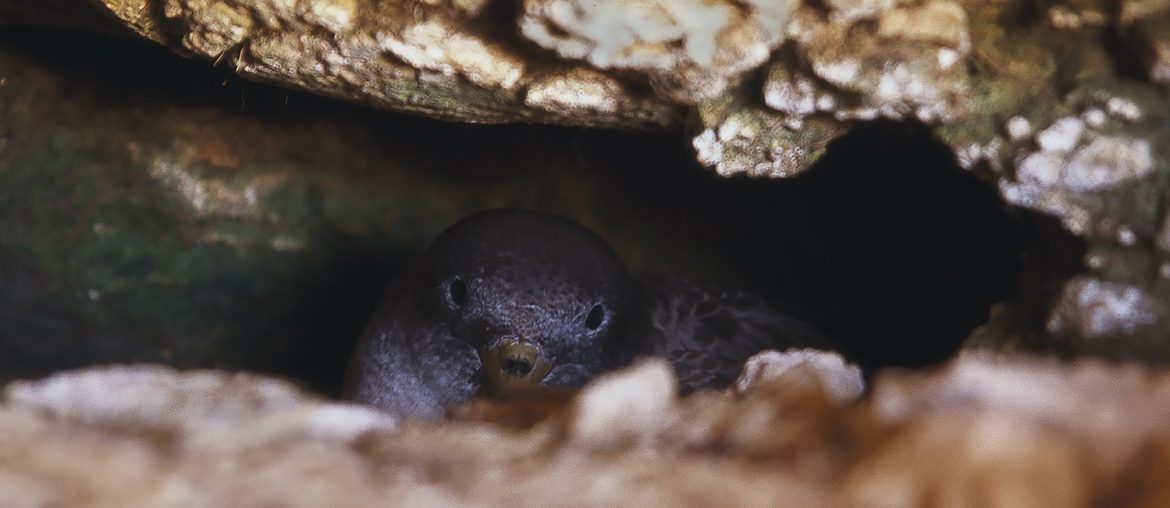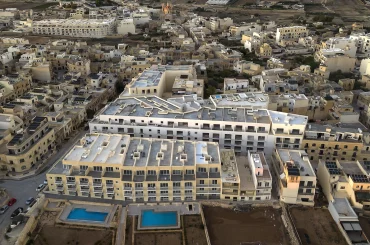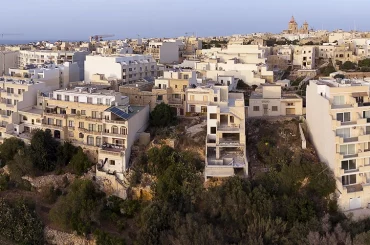Go near the cliffs of the south coast on evenings in late spring or throughout summer, and you will hear something quintessentially Maltese: the uncanny meowing of the shearwaters as they fly in and around their nests in the cliffs in the pitch darkness. The meows are so distinctive that they have become associated with summer and seaside and cliffs – and Maltese summers in particular.
The commonest of the shearwaters in Malta are the scopoli’s shearwaters, and they nest in crevices on the towering seaside cliffs. Malta holds two percent of nesting scopoli’s shearwaters in the world.

But a recently-completed study, based on decades-long research, has shown the precariousness of the species: at the present rate of decline, the shearwaters will become extinct in 50 years.
The author, John Borg, has been studying the shearwaters in their nests every summer for the past 40 years.

Borg has now drawn on that research to write the study, a dissertation for an MSc in Earth Systems.
In his day job, Borg is curator of the Museum of Natural History in Mdina.
“The rate of decline since the 1980s shows that, if it continues at the same rate, the scopoli’s shearwaters would be extinct in 50 years,” Borg told this website.
There used to be more than 10,000 pairs of shearwaters, but these are now down to the low thousands. Shearwaters spend much of their lives at sea, and move towards land to nest in crevices in cliffs between May and September.

Borg has recorded the steepest decline at the cliffs in Hal Far, where the population of breeding shearwaters has fallen by 71 percent due to the impact of the industrial area set back from the cliffs.
Varying levels of decline has occurred at other nesting colonies throughout the Maltese Islands. Borg has identified three chief reasons – light pollution, development, and rats (which prey on shearwater eggs and nestlings) – and these three reasons are interlinked.

One of the largest nesting colonies of scopoli’s shearwaters is found at Ta Cenc cliffs in Gozo, which are protected as EU-level Natura 2000 site. The area now also hosts large blocks that are currently being constructed, and which are set to intensify the impact on the nesting shearwaters.
One block of flats being built consists of 42 flats, and it is situated 250 metres from the cliffs edge. The developer has now applied to add another 11 flats to the same block.
A bigger development still is a cluster of blocks, which are under construction, that together hold 148 flats. This development is 350 metres away from the cliff’s edge.
These large number of flats, which are mostly bought by Malta-based residents seeking a weekend pad in Gozo, will intensify all the impacts that are driving the decline in shearwater numbers. A greater density of habitations will increase light pollution, as well as the density of people and traffic near the cliffs.

And it will increase the rat population, particularly because weekenders tend to put their rubbish bags outside on Sunday afternoons, and these attract rats, as well as stray dogs and cats.
And 200 metres from the cliffs, the Planning Authority approved horse stables and is currently processing a second application for stables. These also increase the rat population.
Yet no one mentioned the impact of these developments on the nesting scopoli’s shearwaters during the processing of these development applications. There was no mention in the Planning Authority case reports; no mention by the Environment and Resources Authority; and no mention even in the legal submission by two NGOs (Din L-Art Helwa and Moviment Graffitti) which appealed against the developments. No mention was made of the impact on the shearwaters when these NGOs requested suspension of works while the appeal is heard.
The planning tribunal did not suspend the commencement of work, and the construction of two of the blocks is now completed even though the appeal has yet to be decided.

An official of Birdlife Malta spoke during one of hearings of the Planning Commission, but his oral submissions were not even put in the minutes of the hearing. Not putting the oral submissions in the minutes of a meeting of the Planning Commission, which is a quasi-judicial body, is a thrashing of basic principles in such proceedings.
It is as though the scopoli’s shearwaters do not exist. But for John Borg, who cuts an increasingly forlorn figure at the cliffs as the shearwaters decline, he may yet see his beloved birds become extinct in his lifetime at the present rate of decline.
Then we would have lost not only an icon of Maltese patrimony. We would also lose a nesting seabird that, with its meows near the cliffs, is a quintessential part of the spirit and wonder and comfort of Malta’s summer.
Donate to Planning Emergency
The investigative articles into perverse planning or damaging development published on this website take time, resources, and effort to put together. These articles make impact by the robustness of the research and the professionalism of the reportage. Your support is needed to sustain this kind of impactful reportage. This website's donation setup itself is uniquely transparent, with targeted amounts that allow tracking of donations in real time. Contribute as little as €5 to sustain active planning journalism that makes an impact.





